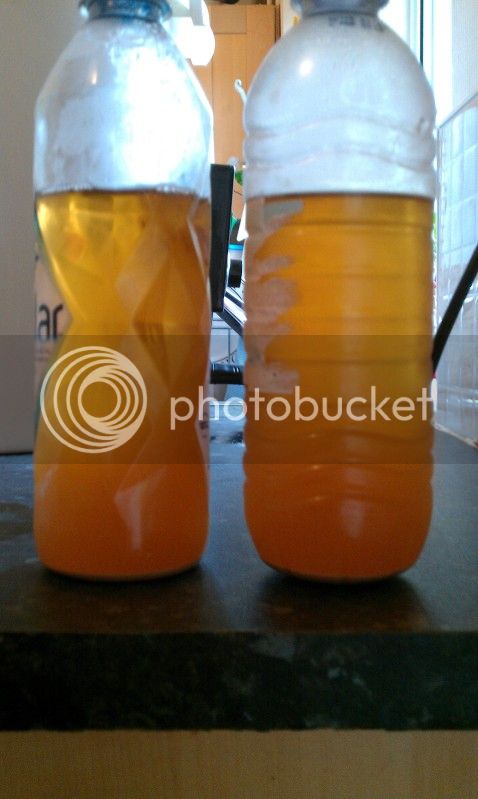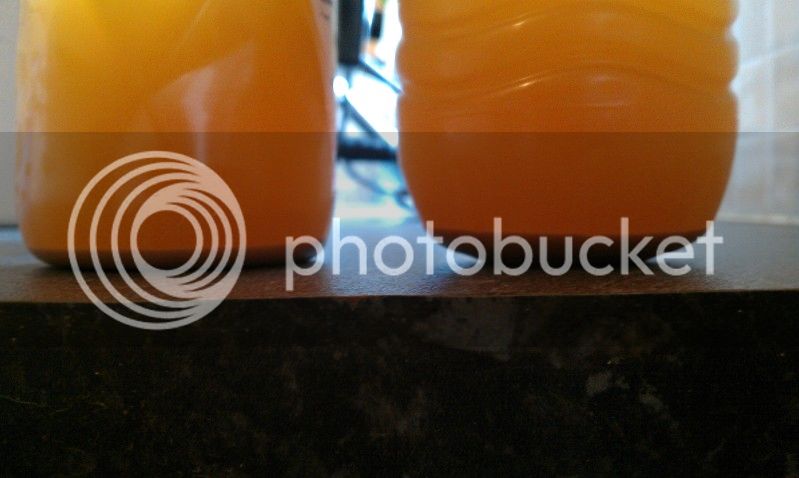The Goatreich
Landlord.
After bottling my last brew on Wednesday I collected and washed the yeast cake and split the contents into two 500ml bottles. They've now been in the fridge for a couple of days and I can see the yeast collecting at the bottom of each one. It's not as much as I hoped though.


Is it worth me draining off the top of one and adding them together, or is the amount I can see a fairly good amount? I presume with this little I'd need to have a yeast starter for the next time I use them, which is something I've not done before.


Is it worth me draining off the top of one and adding them together, or is the amount I can see a fairly good amount? I presume with this little I'd need to have a yeast starter for the next time I use them, which is something I've not done before.














![BREWING THERMOMETER STICKERS ACCURATELY MONITOR FERMENTING BEER & WINE LIQUID TEMPERATURES 5PCS HOME BREW SPIRITS WINE LCD ADHESIVE [US]](https://m.media-amazon.com/images/I/311DDjo2X3L._SL500_.jpg)


























